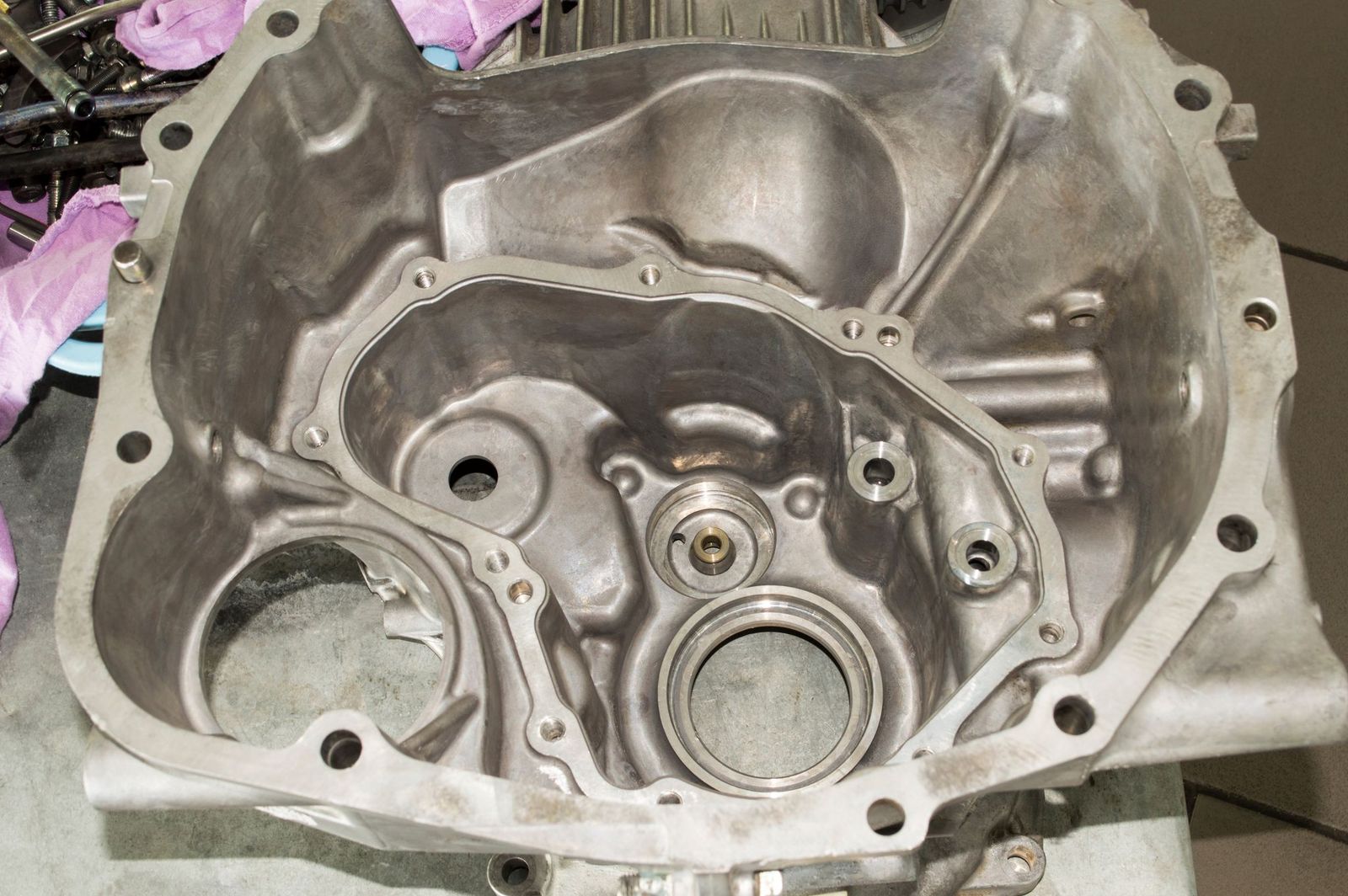In metalwork, different methods are used to mold metals into the desired shapes. One such method is forging. This metal processing technique allows for the production of me metal components that are inherently superior, reliable, and have superior tolerance capabilities. Here’s what you need to learn about metal forging.
What is forging?
This is a manufacturing process in which the shape of metal is changed by applying an external force and heat. Heating the metal allows it to be malleable and thus can be easily reshaped. Depending on the kind of metal and your design requirements, you can use either hot or cold forging.
Types of Forging
Modern forging has evolved from the manual hammering and shaping of metals used by a blacksmith. Now it utilizes a wide range of technical methods and heavy-duty equipment to achieve even better results. Here are the different types of metal forging methods.
Open Die Forging – also known as drop forging, it transforms the metal piece without completely enclosing the material within the die. It is done by pounding the heated metal with the die until it takes shape and form of the die.
Closed Die Forging – also known as impression forging, requires a ram that moves two halves of the die towards each other and encloses the workpiece. When they come into contact, they form a forged shape. Impression die forging is a fast process that guarantees accuracy, quality, and strength; however, it is more expensive than other forging methods.
Cold Forging – This method shapes metals at room temperature and includes drawing, heading, coining, punching, thread rolling. Copper forgings manufacturers prefer it when shaping soft metals such as copper, especially since the finished products have better surface finishes and improved dimensional stability.
Other methods include: roll, upset, rolled ring, press, isothermal, and multidirectional forging. All these methods allow for the controlled deformation of metals that result in metallurgical integrity and exceptional mechanical qualities.
